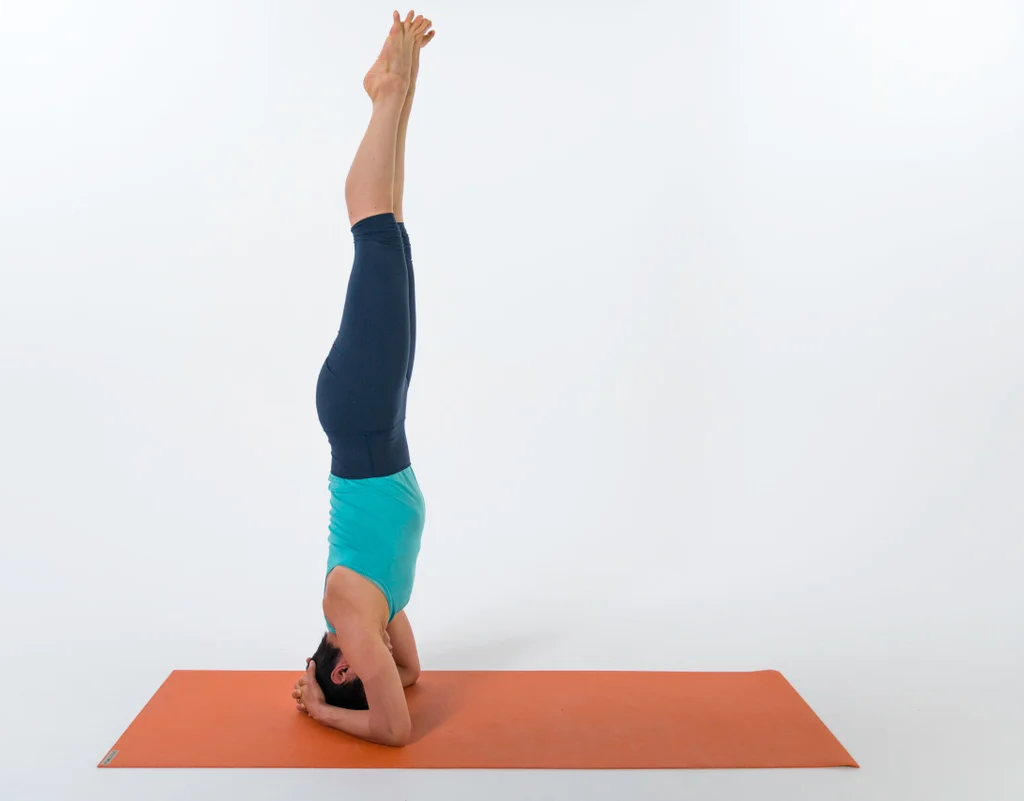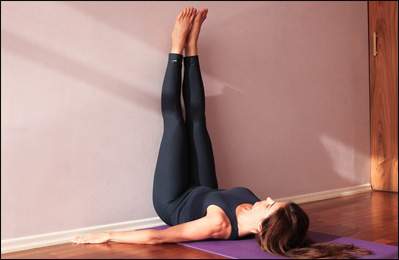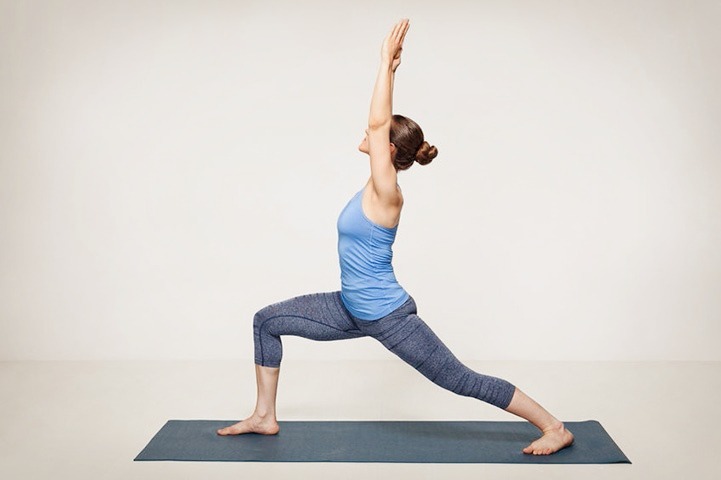The cobra pose is an advanced posture in hatha yoga. It’s not for the faint of heart, but with patience and practice, you will be able to do it in no time.
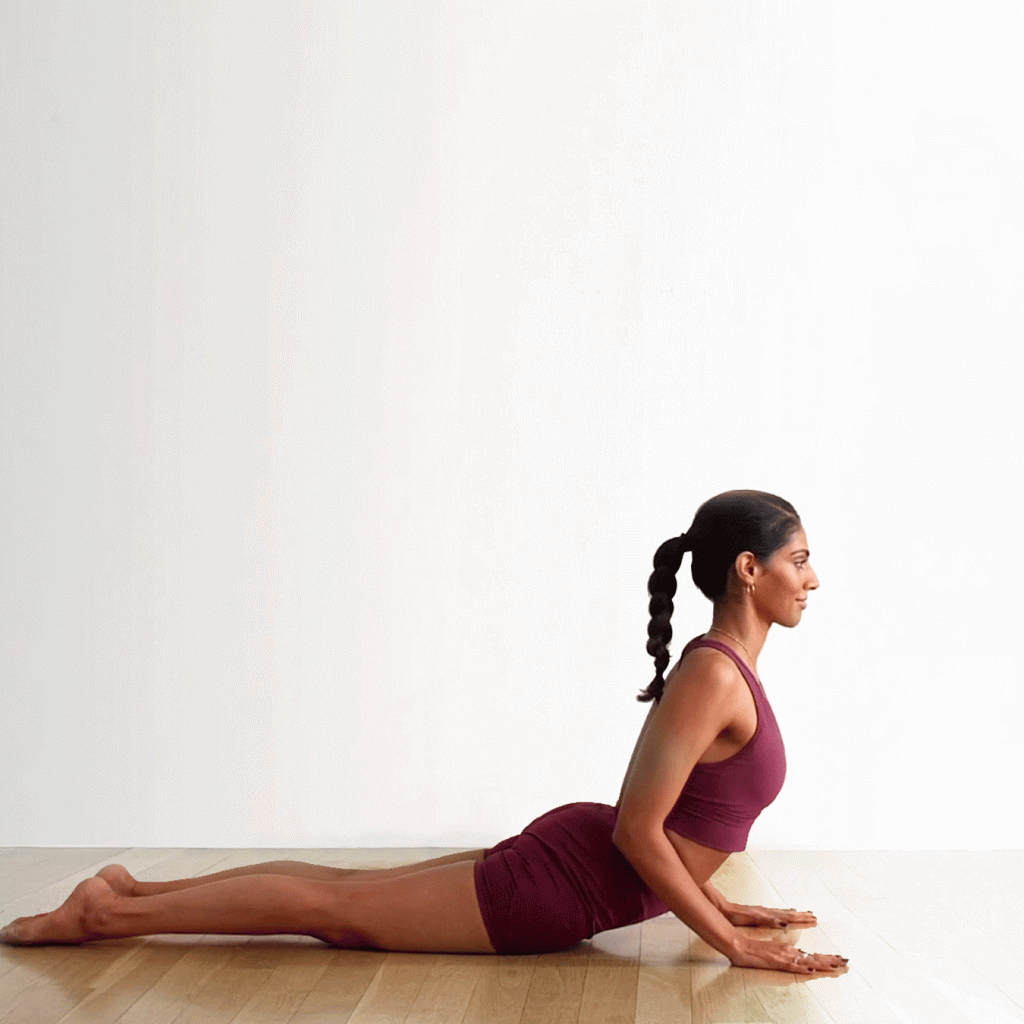
You need to have a strong back, flexible shoulders, and a good sense of balance. Here in this guide, we will talk about the right way to do cobra pose
What is Cobra Pose (Bhujangasana) and why do it?
Cobra pose is also called bhujangasana, which comes from the Sanskrit words ‘bhujang’ meaning ‘cobra or snake’ and asana meaning ‘posture’.
The cobra pose is done by bringing the spine and the shoulders into a state of extension so that it is parallel to the floor, resembling a cobra rearing up.
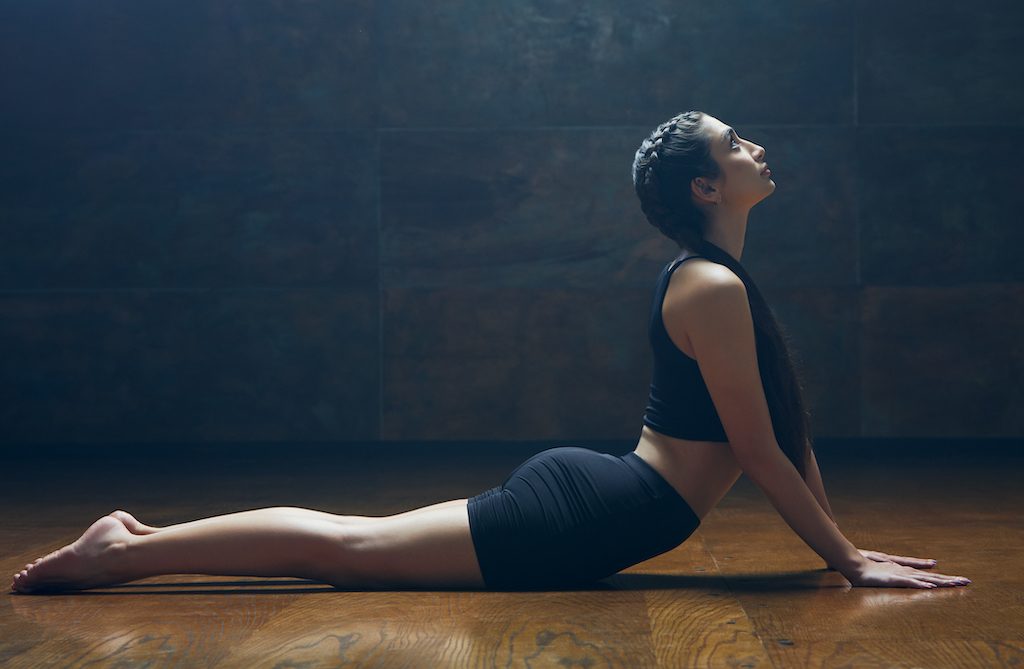
Cobra pose works as a form of meditation, bringing the mind and the body into a calm, focused state. However, it is a challenging pose, so you should be ready to work hard if you want to get the most out of it.
Cobra pose can be done at the beginning or end of your yoga practice, as well as on its own as a mini-flow. It is a great way to warm up your spine and core before transitioning into more active poses. It is also great to practice at the end of your yoga session as a way to wind down and bring your mind back to a relaxed state.
The Right Way to Do Cobra Pose
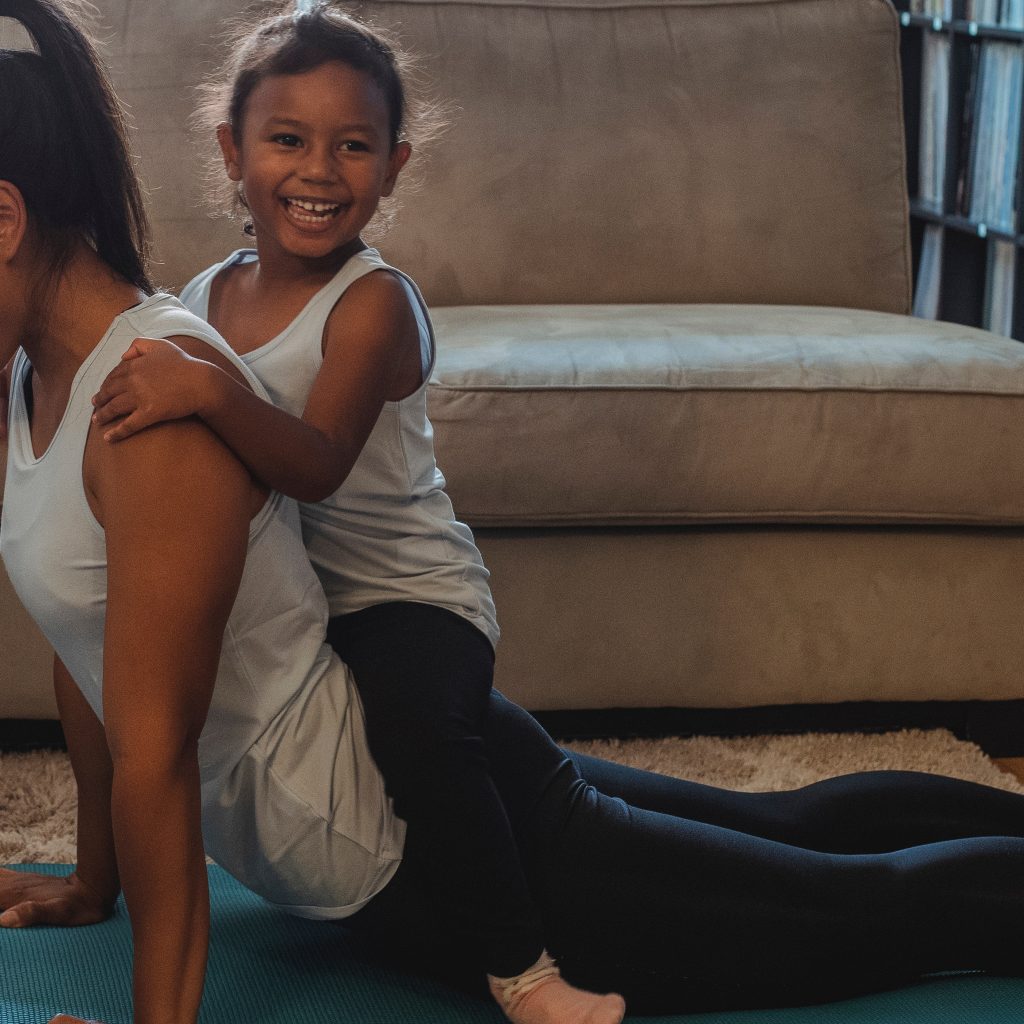
The cobra pose is performed as follows:
- Start by lying on your stomach.
- Put your palms on the floor about 6 inches from your shoulders with your fingers facing towards your head.
- Squeeze your knees together, tuck your chin, and look at the floor in front of you.
- Inhale and lift your head, shoulders, and upper back off the floor.
- Keep your elbows slightly bent and your forearms on the floor.
- Hold the pose for 15 to 30 seconds while breathing deeply.
- Exhale and release the pose.
You can find out the detailed guide on the right way to do Cobra Pose by Yog4Lyf’s yoga instructor, Mr. Arsh:

Tips for doing Cobra Pose (Bhujangasana) right

– Make sure you are breathing normally throughout the asana. If you feel like you are holding your breath, it means that you are trying too hard. Let go of the pose and try again.
– Focus on pressing your palms and fingertips into the floor and rolling your shoulders back as you lift up.
– Keep your knees together and your whole spine long while lifting up. Avoid rounding your back.
– Press your scapula (shoulder blades) down towards the ground. This will help lift your chest toward the ceiling.
– Don’t let your knees fall to the side. Keep them together and press them into the floor as you lift up.
– Avoid arching your back as you lift up. This will put too much strain on your lower back.
Counter poses of the Cobra Pose
– One of the best ways to counteract the effects of cobra pose is to lie down on your back and practice shavasana.
– Child pose is also a great pose to practise after cobra pose.
– A gentle backbend-like camel pose is a great counter pose to cobra pose.
– Fish pose is a soothing spinal twist and is a great counter pose to cobra pose.
– One more counter pose to cobra pose is the gentle supine spinal twist.
Similar poses to Cobra Pose
- Sphinx Pose (Salamba Bhujangasana)
Sphinx Pose is strikingly similar to Cobra Pose and is an excellent alternative for people with back issues. - Child’s Pose (Balasana)
It is a foundational pose and for a good reason. - Camel Pose (Ustrasana)
Camel Pose is a backbend pose that strengthens the back and shoulders, much like Cobra Pose. - Seated Twist (Ardha Matsyendrasana)
This asana also strengthens the spine and aids in digestion.
Key benefits of Cobra Pose (Bhujangasana)
There are many benefits of Cobra pose. Some of them are listed below.
- Improves blood circulation
Cobra pose improves blood circulation and detoxifies the body. It also increases flexibility and mobility in the spine, arms, and shoulders. - Reduces back pain
Practicing the Cobra pose regularly can reduce back pain, especially in people who sit for long hours at work. - Builds core strength
Cobra pose is a great posture to build core strength. It is a challenging pose, so you should be ready to work hard if you want to get the most out of it. - Good for people with scoliosis
Cobra pose deals with the issue of scoliosis in children and adults by improving posture and maintaining the curvature of the spine.
Contraindication
- Avoid practicing this pose if you have a hernia or a back or knee injury.
- Avoid doing this pose if you have high blood pressure or are pregnant.
- Avoid the Cobra pose if you have recently undergone any surgery.
- Avoid the Cobra pose if you have a wrist or ankle injury.
- Avoid the Cobra pose if you have a headache.
Conclusion
The cobra pose is a great posture to build core strength and improve your posture. It is also a great posture to reduce back pain and improve blood circulation.
Cobra pose is a challenging pose, but with practice, it can become quite easy. Once you are ready, try it out and enjoy all the benefits that it has to offer!
So, are you going to include it in your yoga sessions from tomorrow?
Share with your friends and family to encourage them to do this helpful yoga pose.
Happy Yogaing
